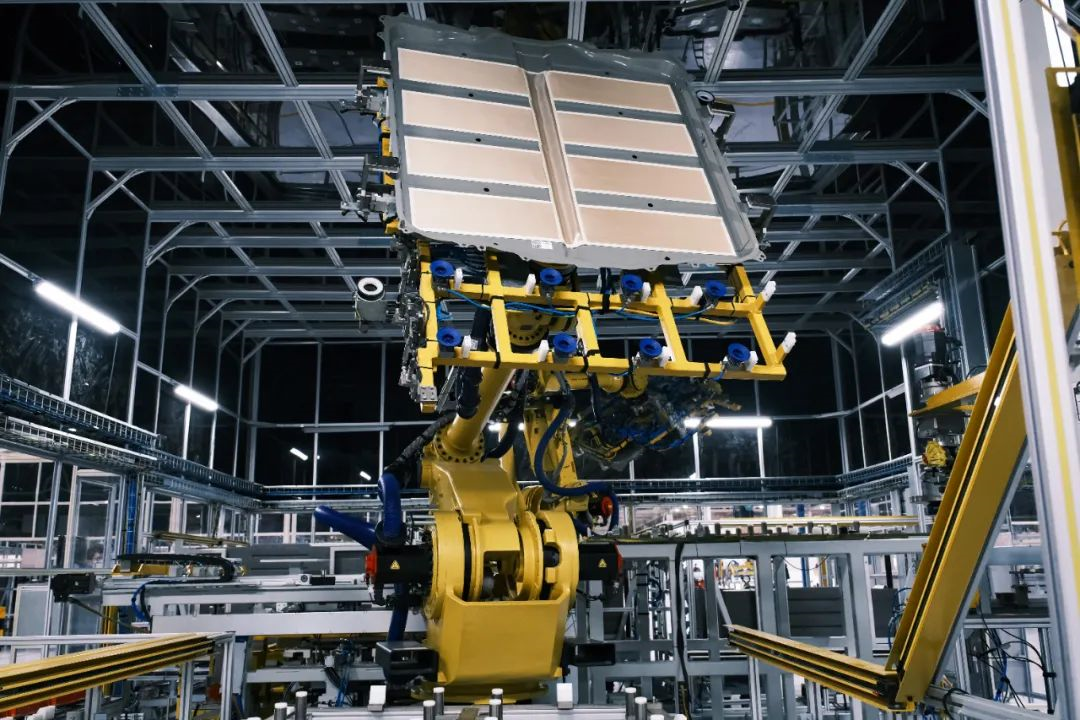Writing: Jingtao Wu
Battery safety: SAIC-GM’s entry point into new energy.
Do you still remember that about 2-3 years ago, whenever new energy vehicles, especially electric vehicles, were mentioned, doubts about extreme events such as “fire and explosion” were always the highest frequency of concerns?
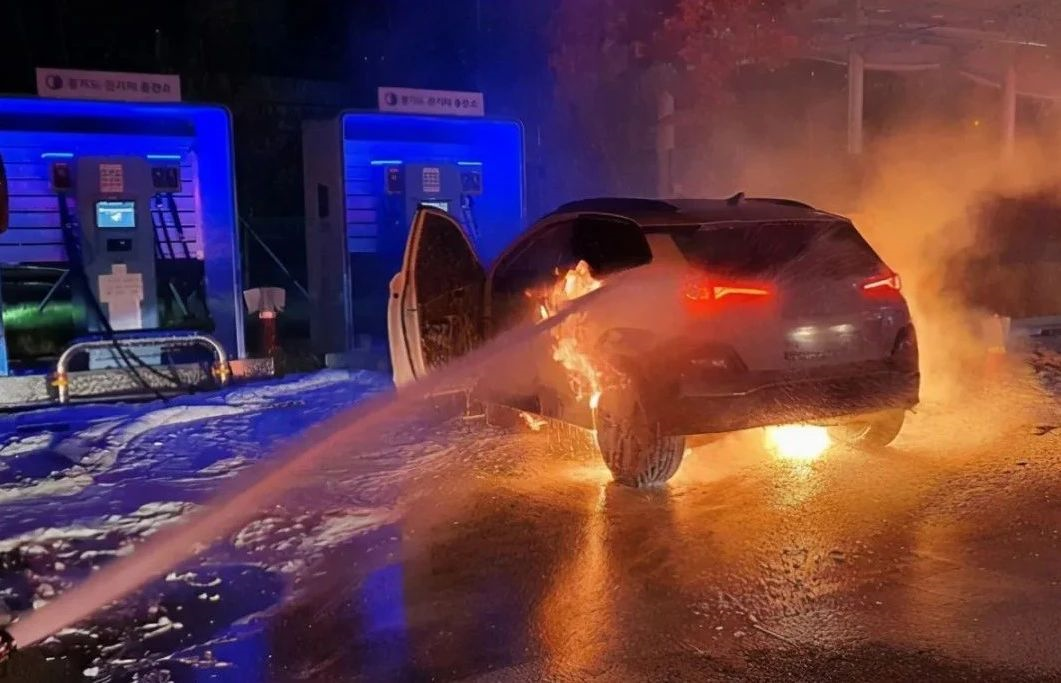
However, with the continuous improvement of the “visibility” of new energy vehicles, people’s current concerns about new energy vehicles are mainly focused on aspects closely related to actual use, such as range and recharging.
From the emotional perception of endless worries about a small number of extreme events in the past, to the rational level of more attention to practical use scenarios, it reveals that the public’s contact and understanding of new energy vehicles is becoming deeper.

Behind this transformation, it cannot be separated from the continuous improvement of the safety of electric vehicles by automakers, which provides the necessary “material basis” for the public’s cognitive transformation.
Recently, we were invited to visit SAIC-GM’s second Ultium factory (which is currently mainly responsible for the production of the Buick Eletra E5) to see what efforts SAIC-GM has made to improve the safety of electric vehicles.
Prevention is Key
When it comes to the safety of electric vehicles, battery safety can be said to be the focus that the public is most concerned about, and among the many factors related to battery safety, “thermal runaway” is absolutely the core issue.
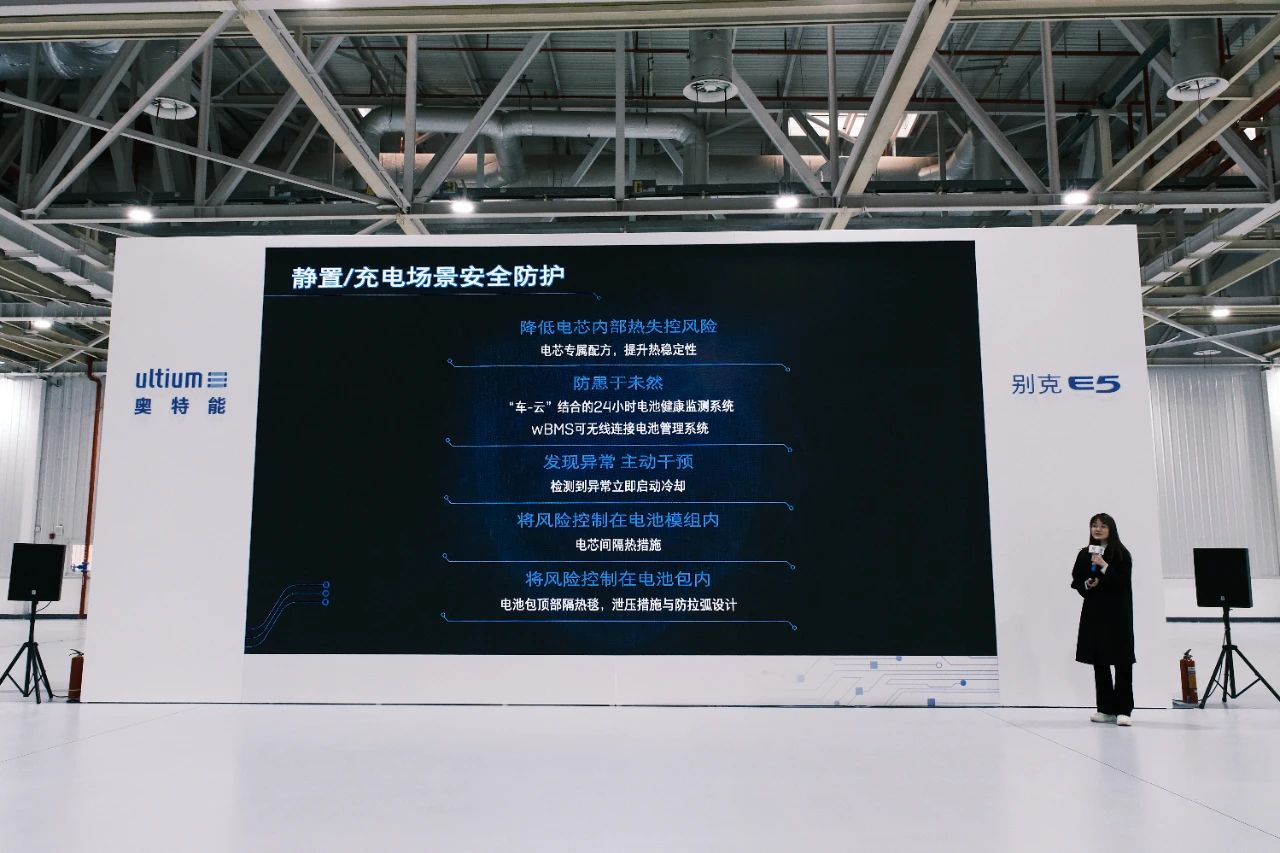
In terms of how to avoid the key problem of “thermal runaway,” SAIC-GM’s Ultium platform has its own set of “secret weapons”.The first focus is on “raw materials”. The Oter Energy Platform uses an exclusive cathode formula for the battery cell, which is doped with rare earth elements to bond free oxygen. At the same time, the combination of in-situ coating and shell structure construction reduces the negative reaction of the cathode and achieves the effect of reducing oxygen release.
A pile of technical terms may sound mysterious, but if the effect is presented in quantitative data, the Oter Energy Platform’s exclusive 811 cathode formula for battery cells optimized by formula can increase thermal stability by 10%.
Secondly, temperature. The battery of the Oter Energy Platform has a patented design of independent module liquid cooling plate. Each battery cell module is equipped with an independent liquid cooling plate. It is common in the industry to design a centralized liquid cooling plate for battery packs, which allows the cooling liquid to flow through the entire battery pack. The front-end battery cell module can achieve better cooling effect due to lower cooling liquid temperature. However, as the number of battery cells that the cooling liquid flows through increases, the temperature of the cooling liquid also increases, and the cooling effect on the battery cell module at the rear of the battery pack will decrease. This can cause temperature unevenness within the battery pack.
To avoid such a situation, the Oter Energy Platform adopts a design of independent module liquid cooling plates, which no longer uses large circulating cooling like centralized liquid cooling, but uses module-type small circulation instead. This not only improves the heat exchange efficiency by about 10%, but also ensures the consistency of the working state of the battery cells by controlling the temperature difference between the battery cells to within 1°C through the unique flow control of the liquid cooling system.
Furthermore, monitoring. By real-time monitoring, cloud-based warning, and cloud-based big data AI iterative evaluation, the Oter Energy Platform monitors the health status of batteries around the clock, striving to prevent problems before they occur.To achieve real-time monitoring 24/7, stable and efficient information transmission is crucial. To this end, Outen Power Technology has launched the wireless Battery Management System (BMS), which is the first of its kind in the industry.
The wireless BMS reduces 90% of wire harnesses and a large number of connectors and terminal blocks, reducing the risk of failure caused by traditional wire harness aging and improving the quality and lifespan of the system.

At the same time, the wireless BMS can also improve the ability to respond to extreme situations. When a cell module experiences thermal runaway, which leads to the failure of the communication management unit, the surrounding wireless communication management unit (CMU) will automatically wake up the battery management module for rapid cooling to prevent further deterioration of the situation.
“Thermal Runaway” Protection
If the above design cannot prevent “thermal runaway,” Outen Power Technology also has a “thermal safety” protection design to improve safety redundancy.
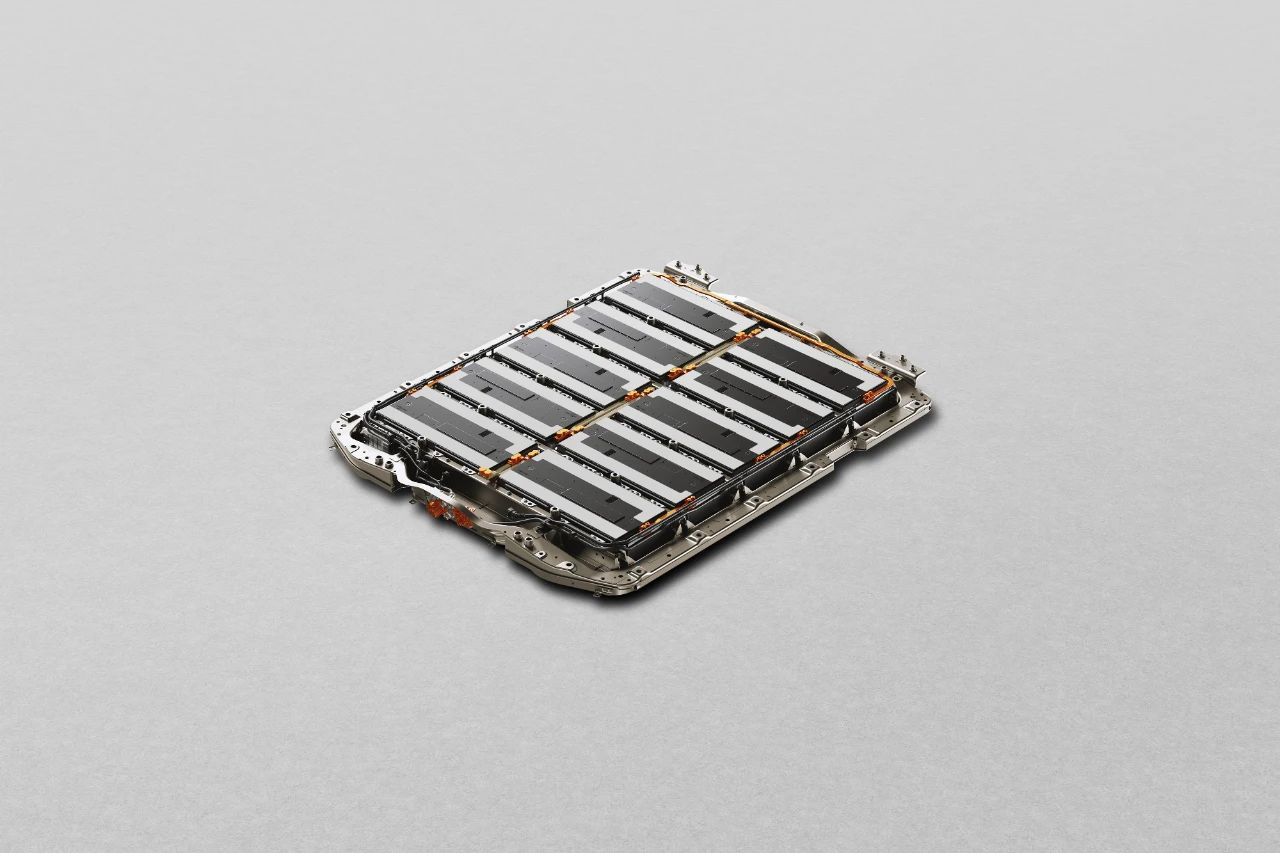
The idea of Outen Power Technology is clear on how to improve “thermal safety,” mainly divided into three parts: insulation, exhaust, and arc prevention.
First is insulation. Once “thermal runaway” occurs in the battery, heat diffusion is very rapid. Reducing the degree of “thermal diffusion” in the battery pack is an essential link to improving thermal safety.
To this end, Outen Power Technology designed a nanometer aerogel insulation wall. By laying insulation aerogels between cell modules, the constant heat transfer between cells is reduced. Despite its thin appearance, these gel sheets can withstand temperatures of over a thousand degrees.

Not only is there insulation designed inside the battery pack, but there is also an internal fireproof blanket made up of high-silicon oxide cloth, aerogel, and fiberglass cloth in the battery pack cover to reduce the harm caused during thermal runaway and protect the safety of passengers in the car.“`

To prevent the spread of and avoid a chain reaction caused by “thermal runaway” is just the first step in ensuring proper thermal insulation. As the heat is already present in the battery pack, the second step involves exhaust.
In terms of exhaust, Oter Energy has designed an exhaust passage on the top cover of the cell module. In the event of a “thermal runaway” situation occurring in the cell module, the exhaust passage can quickly discharge the high-temperature gas and substance generated by the out-of-control cell to reduce damage to the surrounding cells.
Lastly, arc suppression is also crucial. In videos of accidents involving “thermal runaway” of new energy vehicle batteries that we have seen in the past, sparks are often seen flying.

This is because a high-voltage arc occurs in the battery after “thermal runaway” occurs internally, which leads to an external short circuit.
To prevent a high-voltage arc from occurring, anti-arc design is used for the high-voltage components of Oter Energy’s battery packs, and special rubber and plastic materials are used for the insulation inside the battery pack, which will not soften or deform even at high temperatures.
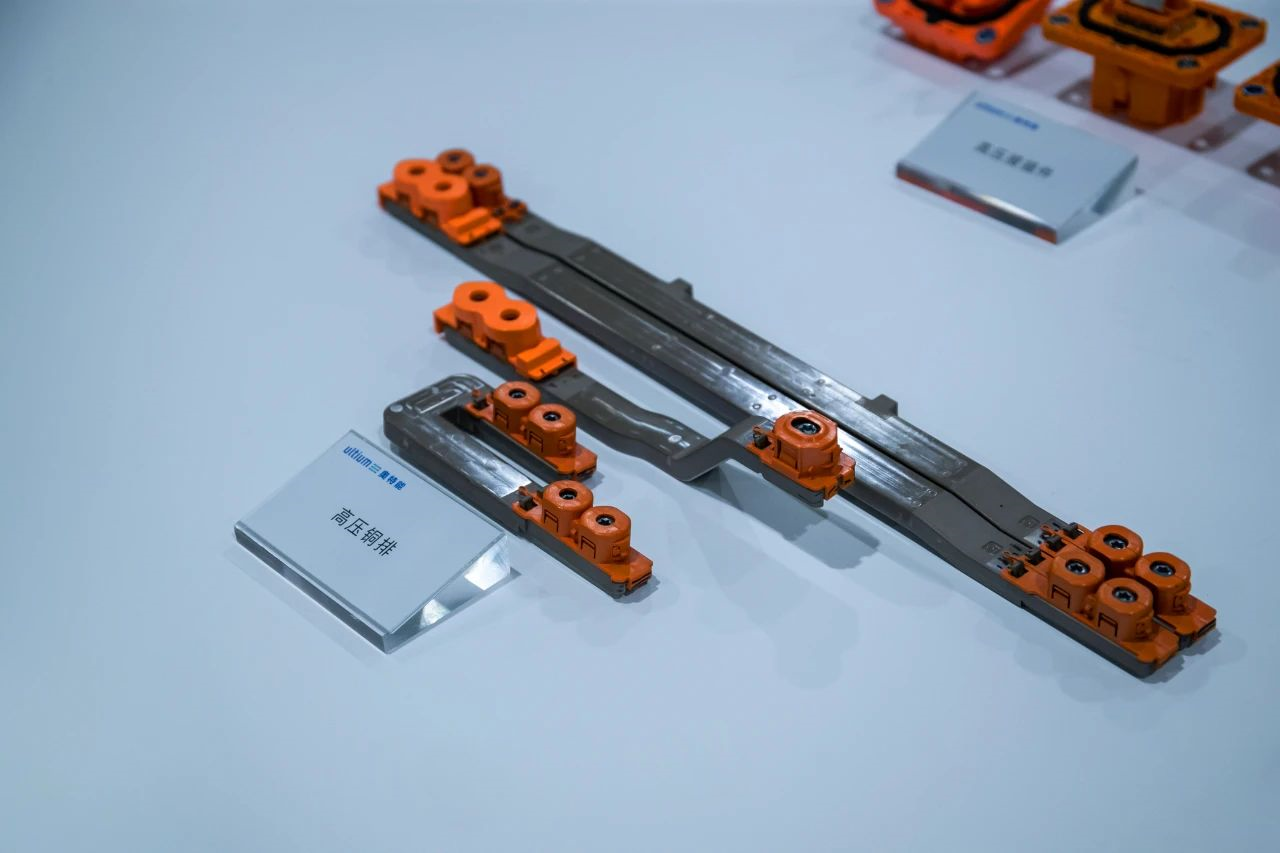
This ceramic-like insulation effect at high temperatures can effectively maintain the insulation of the high-voltage components, ensuring that secondary disasters are not caused by electrical arcs due to high temperatures.
Through a technical explanation of exclusive battery raw material formulations, patented liquid cooling technology, real-time monitoring and prediction, and comprehensive thermal runaway protection, it can be seen that Oter Energy has created a multi-level safety protection system for “battery safety” that covers all scenarios.

“`# Improving Electric Vehicle Safety with the Unique Insights and Achievements of Altair’s Platform
Production and Products
A good technology platform architecture needs to be implemented into products through production. Therefore, in addition to technical explanations, this event also includes a visit to the Wuhan Altair factory and an introduction to the new Buick products.
Firstly, the factory. This time we visited the Wuhan Altair Super Factory, which is the second Altair Super Factory created by SAIC-GM after the Shanghai Jinqiao Altair Super Factory.
“Experts will see the doorway while onlookers see the excitement”. As a media company visiting a modernized car factory with high levels of specialization and automation, we were mostly in a state of learning and understanding.
My most profound impression of this factory visit was the high-precision processing and assembly technology, as well as the high flexibility of co-linear production capacity of the Wuhan Altair Super Factory.
In the battery workshop, the factory first integrated “robots, 3D point cloud vision and force control perception” technology together, achieving an installation precision of 0.2mm. This effectively avoids potential safety risks caused by module collision during the assembly process and ensures that there is zero damage to the battery during the assembly process.
At the battery module tightening station, the factory uses a six-axis fully automatic one-time tightening assembly technology, which improves efficiency by 50% compared to similar processes. In addition, the critical parameters during the tightening process can be 100% monitored and traced.
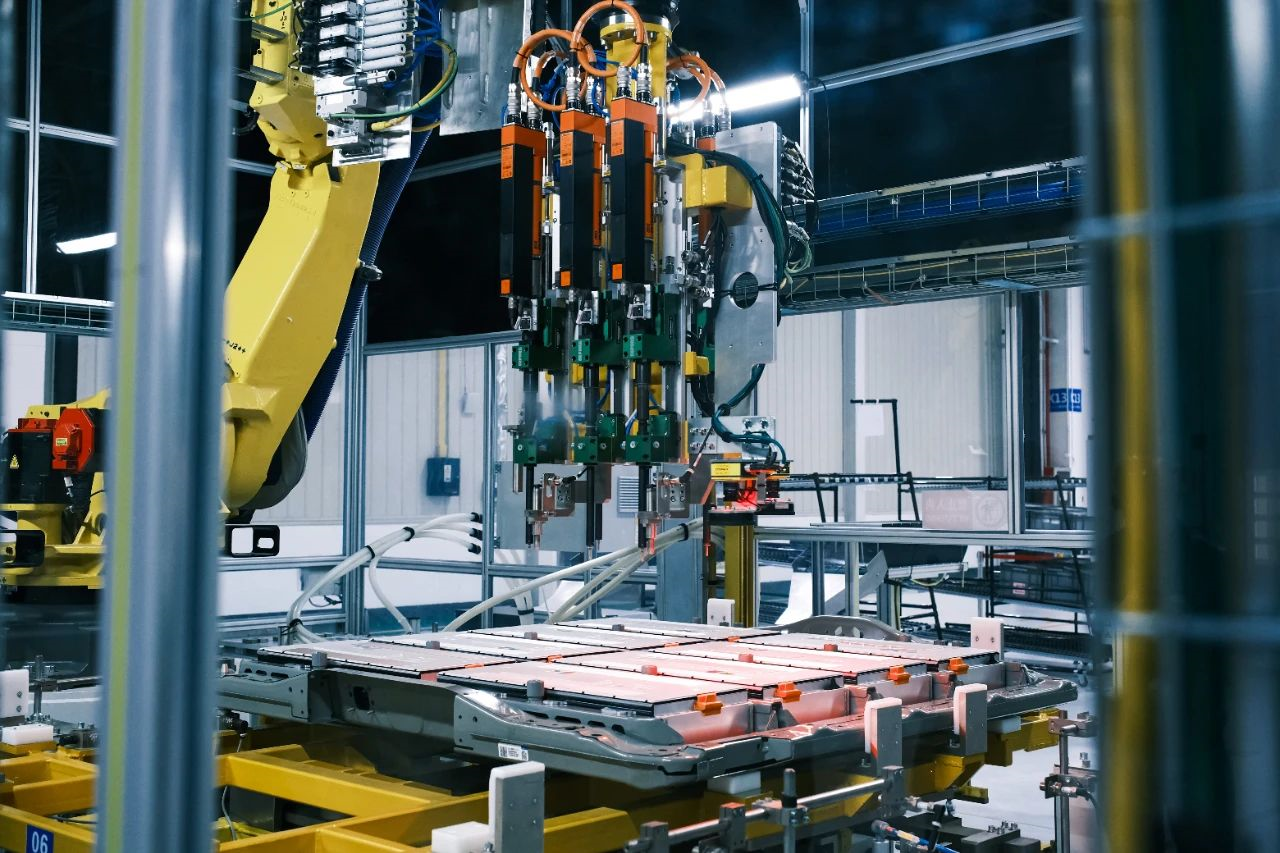
In addition, we also witnessed the fully automatic gluing process of the battery package up-close. Robots can complete the gluing process automatically based on hundreds of simulated virtual experiments of process parameters such as trajectory, speed, and glue volume.
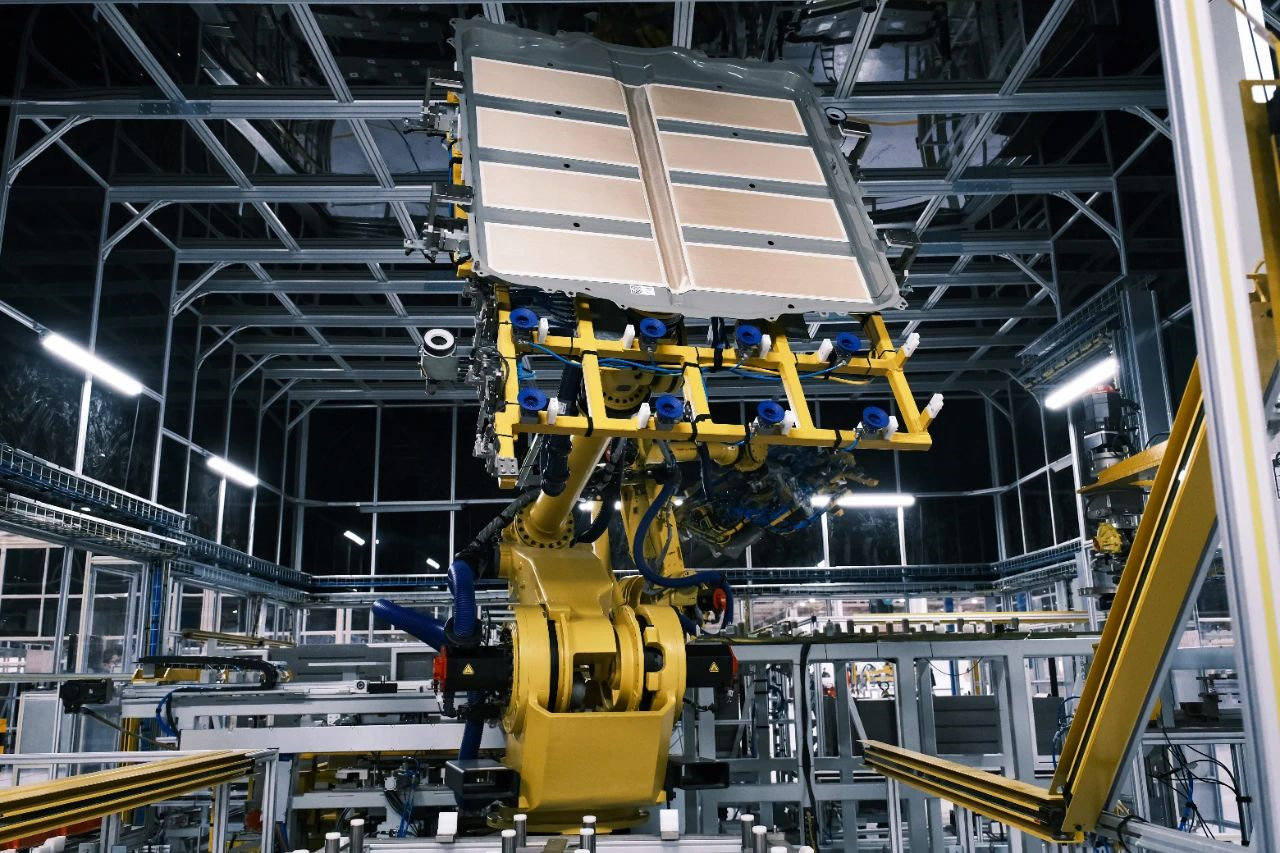
And in this process, we can also visually monitor the position and progress of glue application through the screen beside the device.

In the sealing and assembly stage, with the application of deep learning algorithms and visual technology, the accuracy of the assembly process can be measured within a tolerance of less than 0.1mm, ensuring that the Oter Energy battery pack meets the sealing grades of IP67 dust and water resistance and IP6K 9K high-pressure water protection.
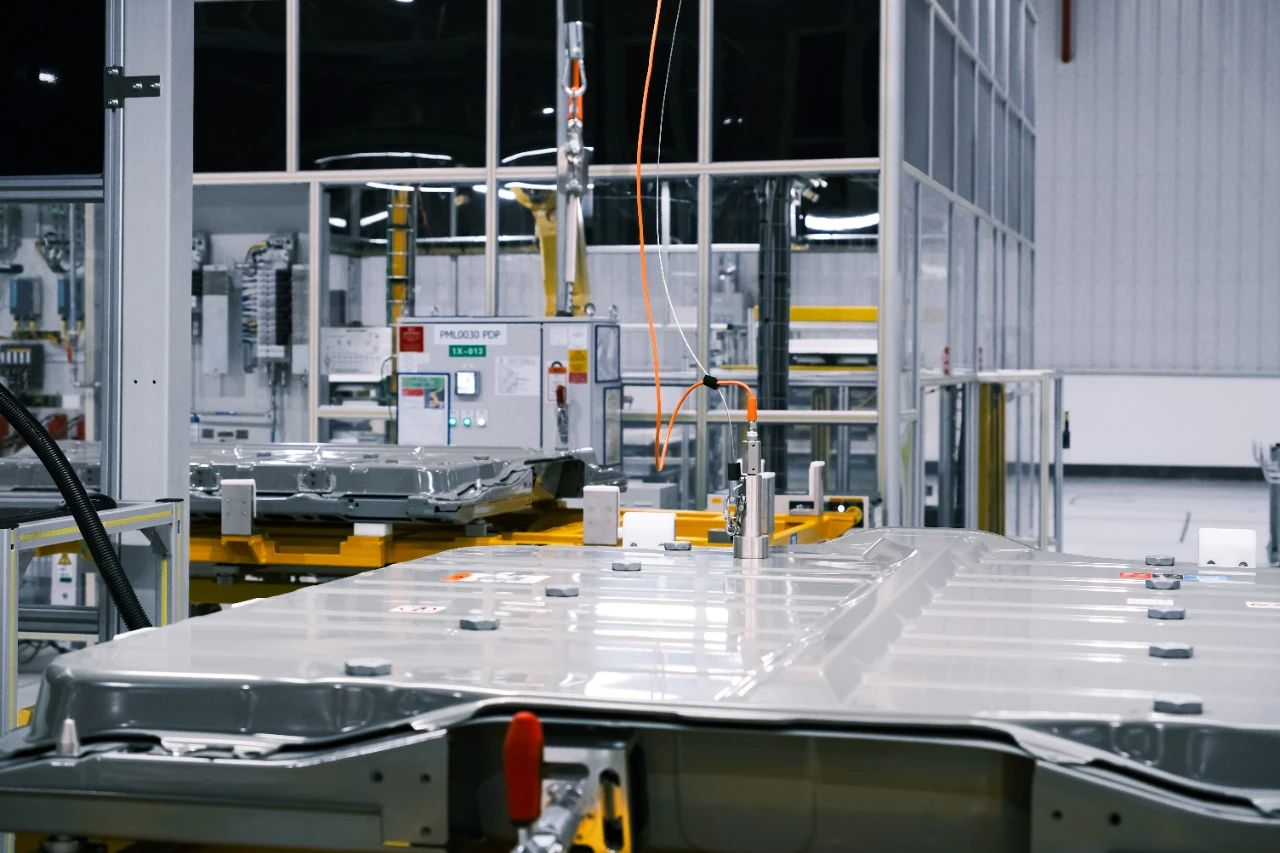
In addition to high precision, the flexibility in production is another remarkable feature of the Wuhan Oter Energy factory. In addition to production efficiency and quality control, the ability to produce products in a streamlined manner is also important in evaluating a factory.
In the electric drive production workshop of the Wuhan Oter Energy factory, the AI algorithm and virtual simulation technology can be utilized for digital process development to achieve production of 2 major series and 22 sub-products for different shaped electric drive units for front and rear drive units in a streamlined manner. Meanwhile, the battery workshop also possesses the ability to flexibly produce 8 and 10 module battery packs for two different battery packs.

Such flexible production capabilities make the Wuhan Oter Energy Super Factory able to meet the production requirements of the three power systems for the future different Oter Energy platform pure electric vehicle models for SAIC-GM.
The first vehicle model produced by the Wuhan Oter Energy Super Factory is the Buick Electra E5, which is the first mass-produced vehicle model created based on the Oter Energy electric car platform.
The Buick Electra E5 is positioned as a medium-to-large-sized five-seater pure electric SUV, with dimensions of 489219051655 (mm) and a wheelbase of 2954mm.
 This is the second OTA platform model launched by SAIC-GM after the Cadillac LYRIQ. It is expected to be launched in the first quarter of 2023 and delivered in the first half of the year.
This is the second OTA platform model launched by SAIC-GM after the Cadillac LYRIQ. It is expected to be launched in the first quarter of 2023 and delivered in the first half of the year.
Conclusion
It’s a well-known topic that traditional joint ventures start slowly and develop slowly in the field of new energy, especially in the Chinese market, the world’s largest car consumer market and the most competitive market for new energy vehicles. The new direction of energy development is not only determining current “performance” for any automaker but also their long-term survival and development. Compared to some traditional joint venture brands, which are undecided on the major strategic direction, and the specific product style is difficult to grasp, SAIC-GM has found their own entry point suitable for themselves in the development of new energy, by analyzing and studying the market and consumers, is “safety”. Especially through the technical explanation and factory visit of the OTA platform, I can intuitively feel that SAIC-GM has already had sufficient strategic planning for the development of new energy, and has achieved many leading technological achievements in the industry based on “safety” as an entry point.
It may still be unpredictable at this stage, which of the traditional joint venture brands can “pass through” the fierce new energy battle. Still, as the saying goes, opportunities will only be left to the prepared ones.
What do you think of SAIC-GM’s preparations?
This article is a translation by ChatGPT of a Chinese report from 42HOW. If you have any questions about it, please email bd@42how.com.
